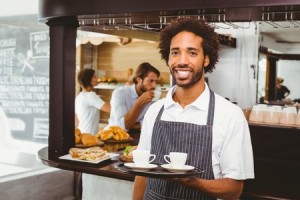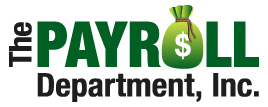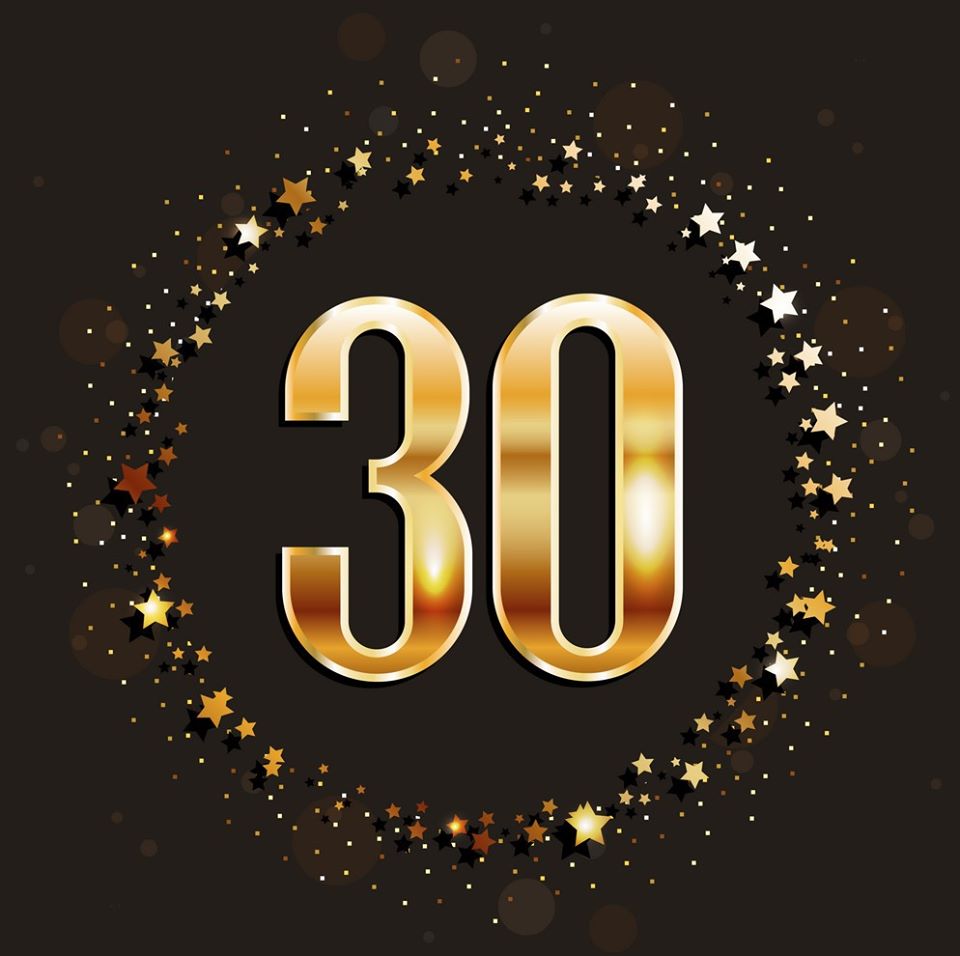Special IRS Tip Rules for Large Food and Beverage Establishments
Do you own a food and beverage establishment? Maybe you think you have a small business, but you might be surprised to learn it’s actually large when it comes to the Internal Revenue Service and how you annually report your receipts and tips.
Why is the size of your establishment important to the IRS?
 If your business is designated a large food and beverage operation, you’re required to file special reports to the IRS, allocating at least 8% of your gross receipts to employees as tips – if your employees don’t report receiving at least that much in tips.
If your business is designated a large food and beverage operation, you’re required to file special reports to the IRS, allocating at least 8% of your gross receipts to employees as tips – if your employees don’t report receiving at least that much in tips.
These allocations aren’t used to determine your business’s actual payroll tax obligations. They’re only reported to the IRS for informational purposes.
What constitutes a large food and beverage operation?
A large food and beverage business provides food or beverages for on-site consumption. Fast-food businesses aren’t considered large establishments if customers order, pick up and pay for their food and beverages at a counter or window and carry their food to another location – either on- or off-site.
- A large food and beverage operation has customary tipping. Tipping is not considered customary if:
Your customers pay or receive a check before being seated, such as at cafeteria-style or self-service operations.
95% of your total sales are from carryout sales or services that have a 10% or more service charge added to the sale. These sales and services are called “nonallocable receipts.”
2. A large food and beverage establishment normally employs more than 10 employees on a typical business day during the preceding calendar year. If, on an average day, over 80 employee hours were worked at your business, you’re considered to have employed over 10 employees on a typical business during a calendar year. Note: All employees at your business must be counted – not just food and beverage employees.
3. To determine if you have more than 10 employees on a typical business day for a calendar year, you need to determine the total hours worked by all employees during the months with both the highest gross and lowest receipts for the year. These total hours are then added together and divided by 2 to determine the total hour figure. If the result is more than 80 hours, you’re considered to have employed over 10 employees on a typical business day. Even if you have a seasonal business, you may be considered a large food and beverage operation based on the gross receipts of just one successful month.
If you find the IRS reporting rules for large food and beverage businesses confusing, consider outsourcing your payroll to The Payroll Department in Brownsburg, IN. As a payroll services provider, we can help you stay in compliance with IRS rules by processing your payroll and filing your payroll taxes for you. Give us a call at 317-852-2568 to learn how we can take the hassle out of your payroll, so you can concentrate on serving your customers.
– Ariane of The Payroll Department Blog Team

